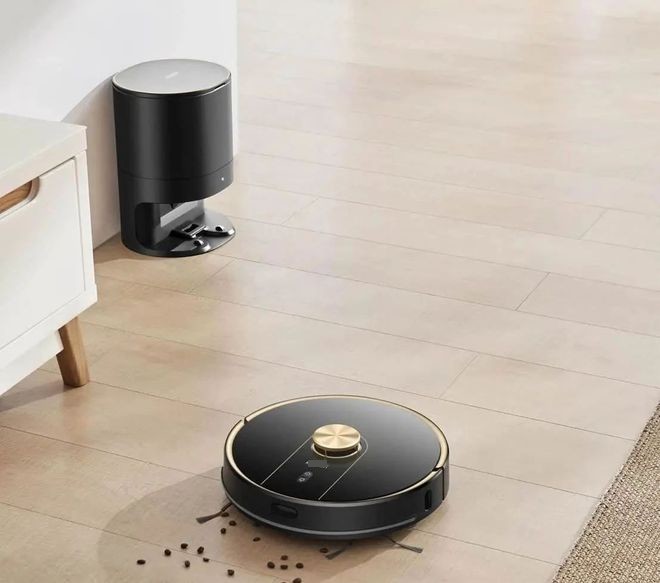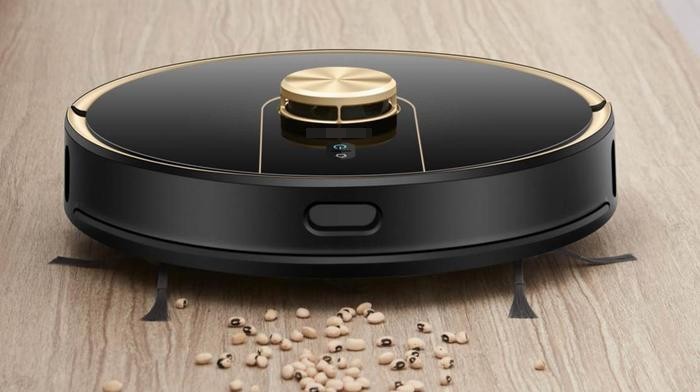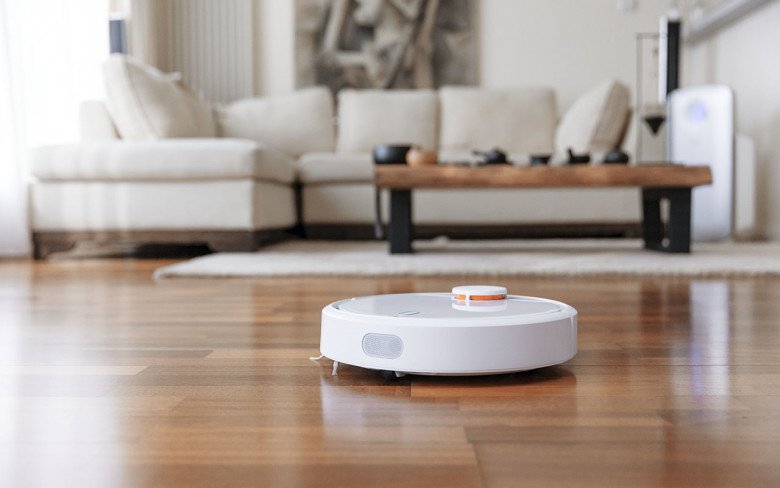Robot vacuum cleaners are usually disc-shaped and measure around 8-15 cm in height, easily maneuvering under beds and sofas to keep your space clean. With this handy device, you can spend less time on chores and more time enjoying a spotless home.

Once a popular choice, robot vacuum cleaners have now landed on many people’s “blacklist,” with some even refusing them as gifts. Why is that? Here are seven reasons.
1. Ineffective with Cluttered Floors
Robot vacuum cleaners struggle when it comes to navigating cluttered floors. For families with young children who tend to leave toys scattered across the floor, these robots may not be the best solution.
When faced with a messy floor, robot vacuums often bump into obstacles, reducing their ability to change directions and reach tight spaces. To ensure optimal performance, it is necessary to clear the floor of obstacles such as cords, shoes, and toys before activating the device.

2. Time-Consuming Cleaning Process
Traditional vacuum cleaners typically take 15-30 minutes to clean a house, whereas robot vacuums can take two to three times longer.
This is because robot vacuums are smaller in size and rely on artificial intelligence to navigate and clean, unlike manual vacuums. As a result, they spend more time deciding which way to turn and avoiding obstacles during the cleaning process.
3. Unable to Climb Stairs
Current robot vacuum models cannot climb stairs and are limited to cleaning a single level or overcoming obstacles up to 1.2-2 cm in height. As such, they are better suited for apartments or single-story homes.
For multi-level homes, you would need to carry the robot from floor to floor or invest in multiple devices. Additionally, you would still need to manually clean the stairs, which can be inconvenient.
Robot vacuums also struggle with blind spots and wall corners, requiring manual intervention.

4. Noisy Operation
The noise generated by robot vacuum cleaners is another common complaint. On average, these devices produce around 70 dBA of noise.
While this may not be bothersome for short periods, individuals who value peace and quiet may find it irritating to endure for extended periods, such as 1-2 hours.
5. Inadequate Cleaning Compared to Manual Methods
While robot vacuums excel at suction, they fall short when it comes to stubborn stains. This is because the water supply in the robot’s cloth is limited, and the cloth is not continuously cleaned during the mopping process. Additionally, the robot’s pushing force is no match for human strength.

6. High Initial Investment
To acquire a decent-quality robot vacuum cleaner from a reputable brand, you’d have to spend a minimum of VND 5 million. Moreover, to ensure optimal performance, regular replacement of accessories, such as brushes, air filters, and mops, is necessary, incurring additional costs.
These replacement parts are not cheap, ranging from a few hundred thousand to a million VND, depending on the brand.
7. Prone to Malfunctions if Not Regularly Maintained
Like any other electrical appliance, robot vacuum cleaners require regular maintenance to function properly. Neglecting to clean them every two to three months can lead to malfunctions, and they may end up spreading dust around instead of cleaning it effectively.
Additionally, robot vacuums have long charging times and tend to have a shorter lifespan than traditional vacuums.
“A Child’s Skillful Stepping Stone to a Comfortable Future”
The child who is taught to do household chores from a young age tends to develop a strong sense of independence and self-care. They learn to take responsibility for their surroundings and gain a sense of accomplishment from contributing to the family. These early lessons in responsibility often foster a capable and confident individual with a strong work ethic.






































